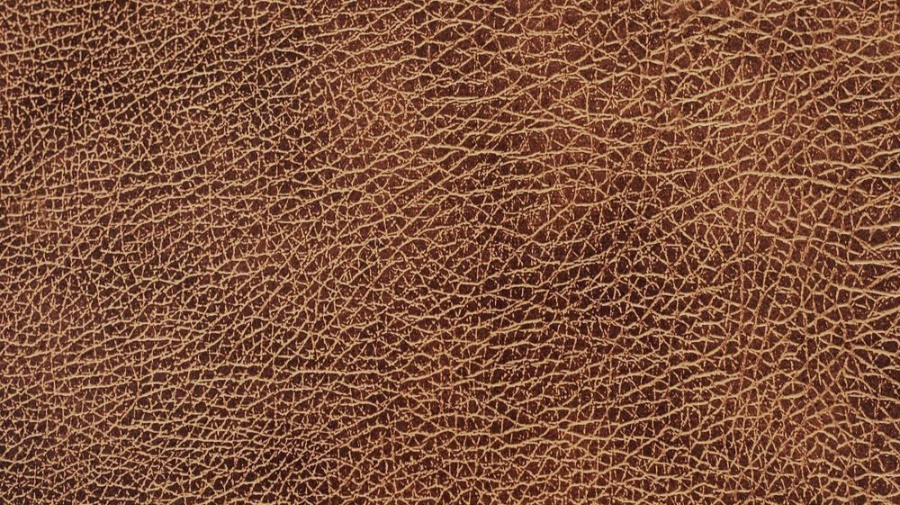Classification of fabrics
According to the fabric composition is divided into natural fabrics and chemical fabrics

Fabric category
It refers to the fabric that is prepared in a certain way by using certain fibers. In all fabrics, the anti-weave class pattern, use a wide range. According to the fiber composition and weave method is different, fabric class fabric texture characteristics are also different.
Hemp fabric

All fabrics with hemp yarn as raw material are called hemp fabrics. Hemp fabric is breathable, cool and relatively firm, but poor wrinkle resistance. Because hemp fiber is difficult to finishing evenly, the surface texture of this type of fabric is rough, not complete smooth, with a quaint, rugged appearance and style.

Advantages
Moisture absorption and sweat, high strength; stiffness (strong sense of standing body,)
finish soft; insect resistance, acid resistance.
Disadvantages
Poor elasticity, slightly rough feel (rough style)
poor holding power; easy to mold, easy to crease, easy to shrink.
Cotton fabric
Any cotton yarn as the raw material of the fabric are called cotton fabrics. Its characteristics are relatively soft and comfortable, warmth, moisture absorption and good breathability, but poor wrinkle resistance. Cotton fabric style is simple.
Advantages
Breathable and sweat-absorbing, comfortable and soft; good warmth retention
anti-static; strong alkali resistance, good coloring; insect-resistant.
Disadvantages
poor elasticity, easy to shrink; easy to fade, easy to mildew
poor acid resistance; easy to crease.
Silk fabric

Divided into home silk (mulberry silk) and wild silk (sericulture silk, etc.), where the silk live chemical fiber filament woven into the fabric have become silk fabrics, its characteristics are relatively thin, have a good sense of drape, soft and elegant appearance, graceful, easy to float, since ancient times are the ideal fabric for the production of high-end workwear.
Advantages
Bright and complete color; soft and smooth texture.
Moisture absorption, good elasticity; good drape, acid resistance.
Disadvantages
Easy to wrinkle, easy to hook silk.
afraid of sunlight, easy to insects; not resistant to alkali
Woolen fabric

All fabrics made of wool or other animal hair are woolen fabrics, which are characterized by a strong sense of warmth.
Advantages
Warm and breathable; soft and elastic.
Strong acid resistance; good finish.
Disadvantages
Easy to shrink, easy to deformation.
Not alkali-resistant, not wear-resistant; easy to insect infestation
Worsted Tweed

Worsted velvet

Common raw materials of pure wool
Sheep's wool
In the weaving industry, sheep's wool is used in large quantities, so "wool" has become short for sheep's wool.
Goat hair (mohair).
Goat's wool is the coarse wool and dead wool cut from goat's hair. China's northwest Zhongwei goat hair also belongs to the mohair category.
Alpaca wool (ALPACA) is also called "camel wool".
The fibers are 20-40 cm long, white, brown, gray and black, and 90% of it is produced in Peru, so it is also called "Peruvian wool". It has two varieties, one with curly fibers and silvery finish, and the other with straight fibers and less curls, with a finish similar to mohair.
Rabbit hair
Rabbit fur is popular for its light, fine, soft, warm and cheap characteristics. It is composed of fine and soft fluffy and coarse wool, mainly the general rabbit and Angora rabbit hair, and the latter is the best quality. The difference between rabbit hair and wool is that the fibers are long and thin, and the surface is very smooth and easy to identify.
Chemical fiber fabric

All the fabrics woven with chemical fibers have become chemical fiber fabrics, generally higher firm, better elasticity, with a brace (gua), not easy to deform, easy to wash and dry, not afraid of insects, not afraid of mold and other advantages, but breathability, moisture absorption, softness is poor.
[Polyester, chiffon, nylon (the world's early chemical fiber)]
Fur class

Fur only animal skin with hair. The animal's fur is naturally generated, mostly present natural beautiful pattern, and with the unique finish of the animal's fur, so the outer finish Peng Shuai, luxury, noble, elegant, is a high-grade fabric.
(leopard print, fox, mink)
Genuine leather class

Genuine leather refers to scrape off the hair, after tanning and finishing of animal skins, also contains artificial leather. Only the skin flap near-sighted animal skin can be used to make genuine leather, so the common only sheepskin, cowhide and pigskin, etc.. Genuine leather is generally more stiff and soft, flexible, with a brash, dashing style.
Contact: Jeanne yang(MISS)
Phone: 13912652341
E-mail: [email protected]
Add: Room A2216/A2217,Double-Star Building,No 567 New South Middle Road, KunShan City JiangSu Province ,China.